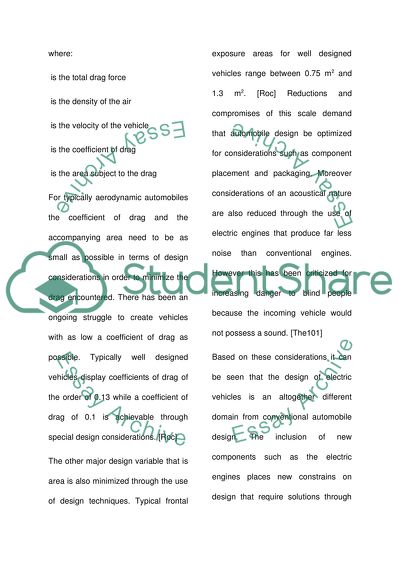Cite this document
(“The Aerodynamics of Future Electric Cars Research Paper”, n.d.)
Retrieved de https://studentshare.org/engineering-and-construction/1392006-the-aerodynamics-of-future-electric-cars
Retrieved de https://studentshare.org/engineering-and-construction/1392006-the-aerodynamics-of-future-electric-cars
(The Aerodynamics of Future Electric Cars Research Paper)
https://studentshare.org/engineering-and-construction/1392006-the-aerodynamics-of-future-electric-cars.
https://studentshare.org/engineering-and-construction/1392006-the-aerodynamics-of-future-electric-cars.
“The Aerodynamics of Future Electric Cars Research Paper”, n.d. https://studentshare.org/engineering-and-construction/1392006-the-aerodynamics-of-future-electric-cars.


